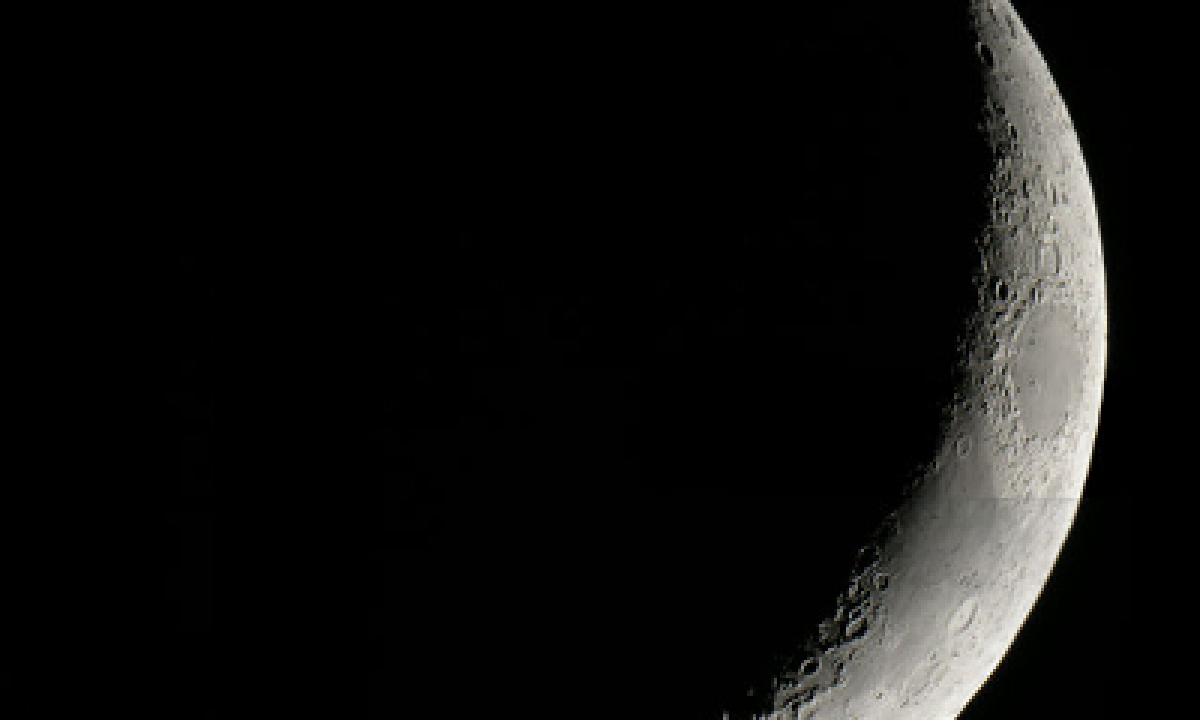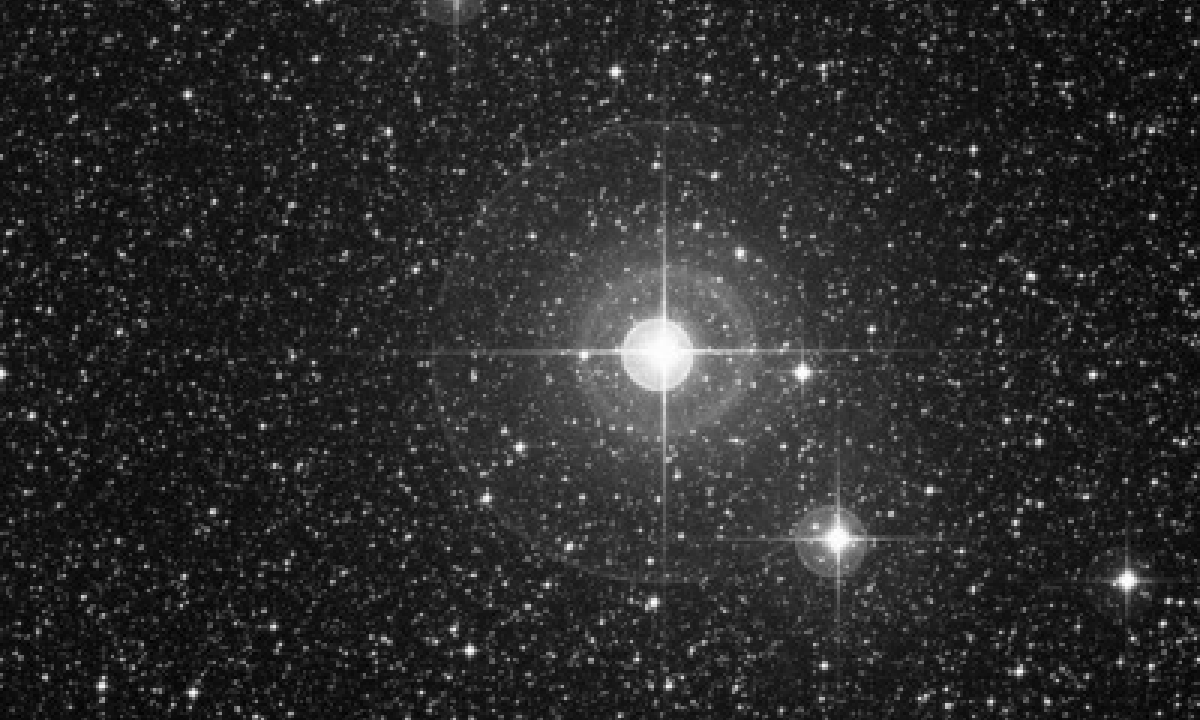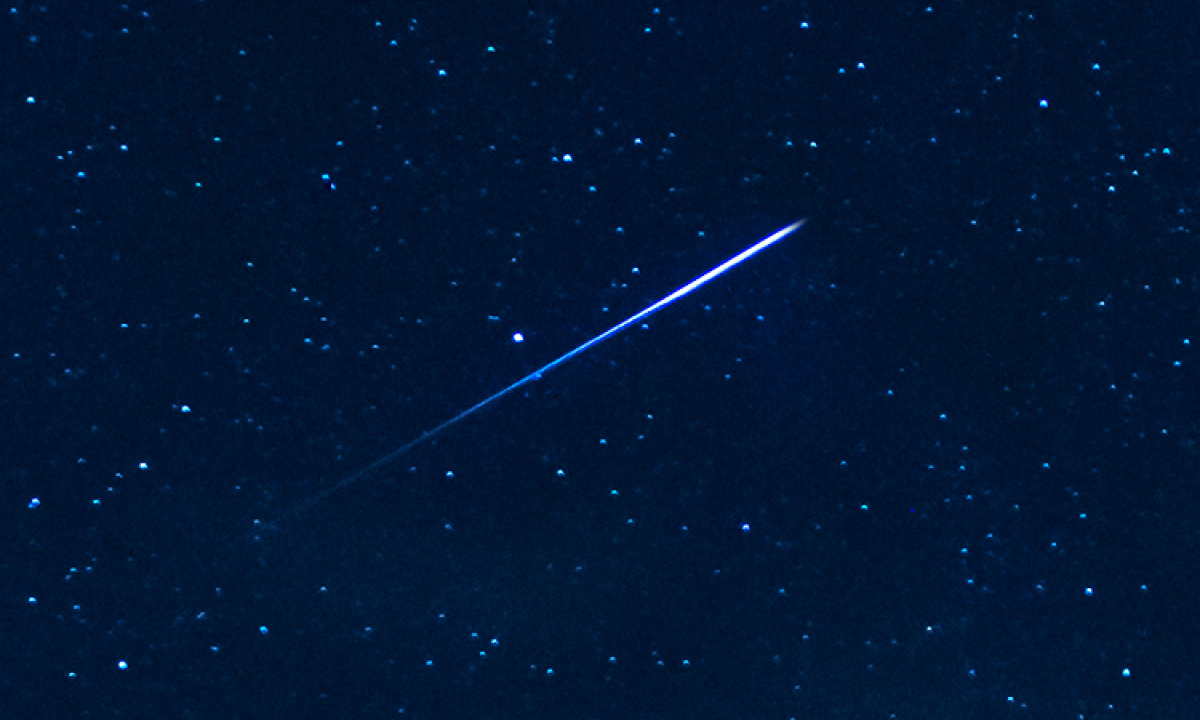The Moon will pass close to
the Sun and become lost in the its glare for a few days.
The Moon’s orbital motion
carries it around the Earth once every four weeks, and as a result its phases cycle from
new moon, through first quarter, full moon and last quarter, back to new moon
once every 29.5 days.
This motion also means that the Moon travels more than 12° across
the sky from one night to the next, causing it to rise and set nearly an hour
later each day. More information about the Moon’s phases is available
here.
At new moon, the Earth, Moon and Sun all lie in a roughly straight line, with
the Moon in the middle, appearing in front of the Sun’s glare. In this
configuration, we see almost exactly the opposite half of the Moon to that
which is illuminated by the Sun, making it doubly unobservable because the side
we see is unilluminated.
Observing the Moon in the days after new moon
Over coming days, the Moon will become
visible in the late afternoon and dusk sky as a waxing crescent which sets soon
after the Sun. By first quarter, in a week’s time, it will be visible until
around midnight.
Its daily progress is charted below, with all times are given in
Orlando local time.
| Date | Sun sets at |
Moon sets at |
Altitude of Moon at sunset |
Direction of Moon at sunset |
| 14 Oct 2023 | 18:57 | 18:59 | 0° | west |
| 15 Oct 2023 | 18:55 | 19:30 | 6° | west |
| 16 Oct 2023 | 18:54 | 20:04 | 13° | south-west |
| 17 Oct 2023 | 18:53 | 20:43 | 19° | south-west |
| 18 Oct 2023 | 18:52 | 21:29 | 24° | south-west |
| 19 Oct 2023 | 18:51 | 22:23 | 29° | south |
| 20 Oct 2023 | 18:50 | 23:25 | 32° | south |
The exact moment of new moon
At the moment of closest approach, it will pass within 0°20′ of the Sun, in the constellation Virgo.
The celestial coordinates of the Sun and Moon will be:
| Object | Right Ascension | Declination | Constellation | Angular Size |
| The Moon | 13h17m20s | 7°48’S | Virgo | 30’04” |
| Sun (centre) | 13h16m | 8°07’S | Virgo | 32’04” |
The coordinates above are given in J2000.0.
The sky on 14 Oct 2023
Warning
Never attempt to point a pair of binoculars or a telescope at an object close to the Sun. Doing so
may result in immediate and permanent blindness.
Source
The circumstances of this event were computed using the DE430 planetary ephemeris published by the Jet Propulsion Laboratory (JPL).
This event was automatically generated by searching the ephemeris for planetary alignments which are of interest to amateur astronomers, and the text above was generated based on an estimate of your location.
Related news
Image credit
Simulated image courtesy of Tom Ruen.




